Recent Articles
Popular Makes
Body Types
Chevy Volt Leads Consumer Reports Owner Satisfaction Study
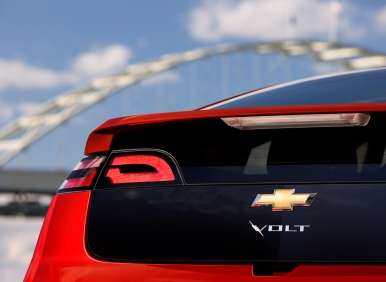
Life is funny sometimes. Just a few days after the kerfuffle over Chevy Volt battery fires started gaining media attention, the ol’ news pendulum has started swinging back the other way with the announcement that the Volt was the highest-rated vehicle for customer satisfaction in Consumer Reports’ Annual Auto Survey. Sure, there are a few caveats involved, like a small sample size; Volt sales had barely edged over the 5,000-unit mark at the end of October. And then there’s the fact that the survey was completed before the National Highway Traffic Safety Administration (NHTSA) opened its preliminary investigation on the Volt’s battery packs. But it does remain a worthwhile achievement for a vehicle that has polarized public opinion over factors like price and performance, and it’s worth noting here—along with the results for a quartet of customer-satisfaction leaders I’ve cherry-picked from the CR list.
Chevy Volt: A Winner in the Real World
I’m an unabashed Volt supporter who really can’t understand why the car hasn’t done better in the marketplace and gives a large chunk of the blame to GM for restricting the Volt’s availability. The automaker tried to make a positive out of its decision to now let dealers sell Volt demos, but, in my humble opinion, this is just hiding the fact that it doesn’t have enough factory-fresh models to meet demand. Remember, this isn’t the first time the Volt has scored well with customers. Drivers who have managed to get their hands on a Volt have provided plenty of excellent reviews, while the car also was the top compact in the most recent J.D. Power and Associates Automotive Performance, Execution and Layout (APEAL) Study. These sorts of accolades, of course, shouldn’t be swallowed whole, but they’re better than the alternative.
This also gives me an opportunity again to point out that some observers have wondered if the Volt’s all-electric driving range of about 35-40 miles makes the car worth its $39,000-plus pre-incentive MSRP, which does a substantial disservice to the stellar EPA ratings returned under gas power: 35 mpg city/40 mpg highway/37 mpg combined. There are only a handful of gas-powered hybrids capable of topping that combined mark.
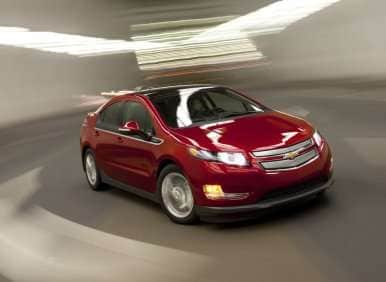
Challenging Perceptions
Despite having a completely different approach to the driving experience from the Volt, the No. 2 car in the survey, the Dodge Challenger, is similar in at least one respect: it has a much more positive reputation among owners than among critics. While Dodge’s entry in the modern-day muscle-car wars is rarely mentioned in the same breath as the Chevy Camaro or Ford Mustang, it still won its class in the most recent J.D. Power APEAL Study, J.D. Power Initial Quality Study, and the AutoPacific Ideal vehicle awards. Again, like the Volt, the Challenger clearly seems to be meeting the needs of its intended audience.
Also, while the Challenger SRT8 392 is notably underpowered as compared to rivals like the Mustang ZL1 and Ford Shelby GT500, everything’s relative. The hi-po Challenger’s 470 hp and 470 lb.-ft. of torque trump what’s on tap on much more expensive cars and still manages to deliver up to 23 mpg on the highway. Those other two aren’t going to crack 20 mpg in that measure, and they’ll carry MSRPs that are thousands of dollars higher, too.
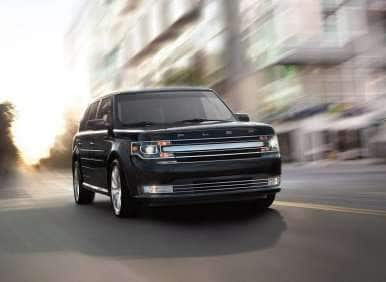
Another EcoBoost Advantage
The Ford Flex popped up on the list as well, but it was just another example of how high performance equated to high levels of satisfaction in the CR study. The standard Flex, although it did fairly well in the rankings, didn’t make it into the upper echelon—that was only accomplished by the EcoBoost model. That helps show the difference an extra 93 hp and 102 lb.-ft. of torque can make when it comes to enjoying even a vehicle like the Flex, especially when it still returns EPA ratings of 16 mpg city/23 mpg highway/18 mpg - which is fairly decent, all things considered.
The interior versatility of the Flex has long been one of its strong points, but I’m thinking its retro-esque exterior hasn’t done it any favors in the sales department, and neither has the introduction of the all-new Ford Explorer, which offers a slightly better package of features, a slightly lower price and the general aura of familiarity that comes with the “Explorer” name. Yet a subtle restyling for the 2013 model, which launches in the spring of 2012, could be a game changer. It’s a fresh, more “technical” appearance that much better matches Ford’s market position as a technology leader and should deliver a noticeable uptick in sales.
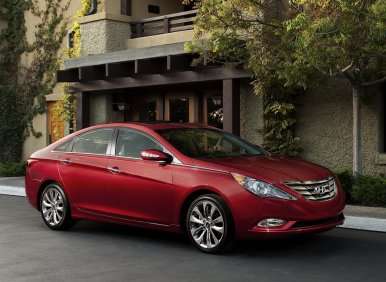
A Sonata with Staying Power?
When the current-generation Hyundai Sonata first broke into the marketplace, it immediately marked Hyundai as a true challenger to the traditional Big 6 automakers in terms of both quality and sales volume. But flash forward less than a year later, and even as Hyundai continues to grow, sales of the Sonata have come back to earth. Consider: the four best-selling mid-size sedans through the first 10 months of the year—Toyota Camry, Honda Accord, Nissan Altima and Ford Fusion—all have garnered more than 200,000 units sold. The Sonata, with 192,953 deliveries in the books, trailed its next closest rival by more than 10,000 units.
It has me wondering how sustainable the Sonata’s sales volume really is, and I think some doubts have crept into the minds of the Hyundai leadership team as well, which still hasn’t been able to pull the trigger on expanding U.S. Sonata production. Thus, the Consumer Reports study, even though it ranked only the Sonata Turbo among its most-satisfying vehicles, must be welcome news at Hyundai in regards to their hopes for long-term success in this country.
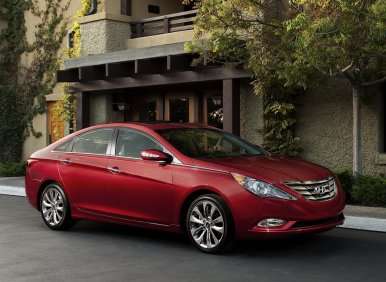
VW Golf TDI: A Diesel Joins the Club
While there are no doubt still some drivers out there who aren’t aware of how clean and efficient diesel technology has become, that number is shrinking in direct relation to the number of Volkswagen TDI models that hit the streets. The Golf TDI is a typical example, attaining EPA ratings of 30 mpg city/42 mpg highway/34 mpg combined while producing fewer CO2 emissions than the all-new Toyota Camry.
But what is particularly impressive about the Golf doing so well in the Consumer Reports study is that it’s one more indicator that VW’s product quality, often a sore point with customers, continues to improve. That’s just as crucial to VW’s efforts to improve U.S. sales as its decision to re-engineer the new Volkswagen Jetta and Volkswagen Passat specifically for American audiences. Interestingly, it’s also well within the realm of possibility that the Golf’s customer-satisfaction ratings have something to do with the success of the Jetta/Passat, which are definitely changing perceptions as they too grow sales. After all, it’s not like the Golf itself was redesigned for the current year, so some chunk of the car’s improved reception by owners was probably based on less-than-tangible factors.